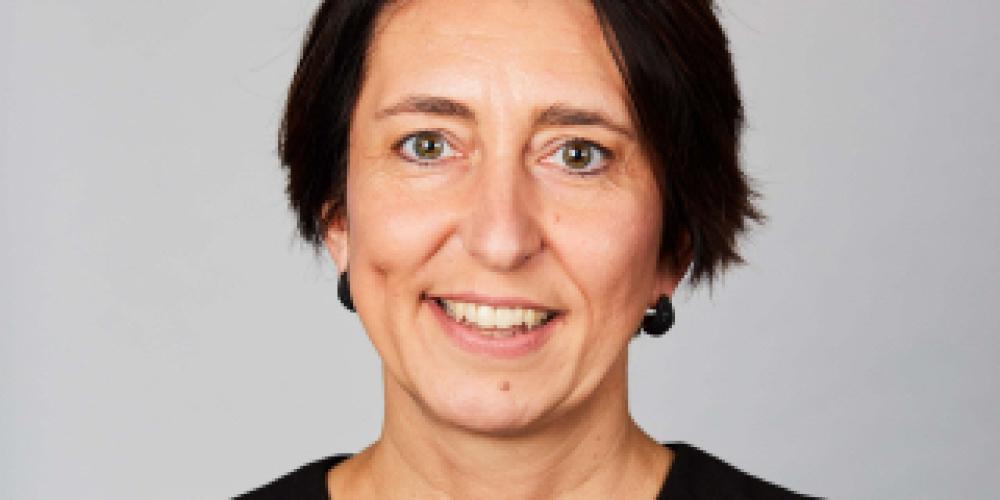
Healthy pancreas contains cells similar to most aggressive tumour cells, study finds
Monday, 9 August 2021 - A team of researchers from the Vrije Universiteit Brussel, the UZ Brussel and elsewhere in Belgium and abroad, led by VUB professor Ilse Rooman, have discovered a cell in the pancreas of healthy people that is very similar to the most aggressive pancreatic cancer cells. With this discovery, the researchers hope to gain more insight into the development of this dangerous cancer, so that it can be better detected and treated. Ninety percent of patients die within five years of diagnosis. In recent years, the number of people with pancreatic cancer has been increasing.
The results of the study were published in Gut, the leading scientific journal within gastroenterology.
“We discovered in the pancreas of healthy people a rare cell that is very similar to the most aggressive group of tumours,” says Prof Rooman. “The cells are more numerous in patients with chronic inflammation of the pancreas, a risk factor for cancer. Until now, it was assumed that such cells did not exist in the pancreas. How can we treat the tumour if we do not fully know the healthy organ? This cell could be at the origin of a specific subtype of pancreatic cancer or at least teach us how this subtype develops, knowledge that is indispensable for better detection and treatment.”
Only one in 20,000 cells of a healthy pancreas shows characteristics that are very similar to tumour cells of the most aggressive subtype. In patients with chronic pancreatitis, a risk factor for tumour development, these cells occur much more frequently. In other organs where tumours of a similar subtype can develop, the role of these cells has already been described. In the healthy pancreas, however, their existence has been denied until now. Rooman: “We were also unable to find these cells in the most commonly used animal models. This may also explain why it was assumed until now that these cells did not exist in the pancreas. It is likely that these animal models, on which most findings have been based so far, are unusable for studying this type of tumour specifically.”
The researchers have now started to culture human cells in order to unravel the role of these newly discovered cells in cancer. Rooman: “We suspect that this new cell is at the origin of the basal tumour subtype. If this turns out not to be the case, the study of these cells will provide more insight into the subtype of tumour with the worst prognosis. This will allow the tumour to be detected earlier and treated more efficiently.”
New 3D imaging method developed
After working abroad, Prof Rooman now leads a research group at VUB, the Laboratory for Medical and Molecular Oncology, within which her team is dedicated to pancreatic cancer.
In an earlier international collaboration, she showed that there are two main subtypes of the most common pancreatic cancer: the classic subtype and the basal subtype, which is even more aggressive than the classic subtype. But how and why the two subtypes develop remained largely unknown until now.
With her PhD students at VUB and staff at UZ Brussel, Rooman analysed markers of the more aggressive basal subtype on samples from more than 100 people with no history of pancreatic disease and on samples from patients with chronic inflammation of the pancreas. They used sophisticated microscopic techniques and developed a method for 3D imaging in archival samples.